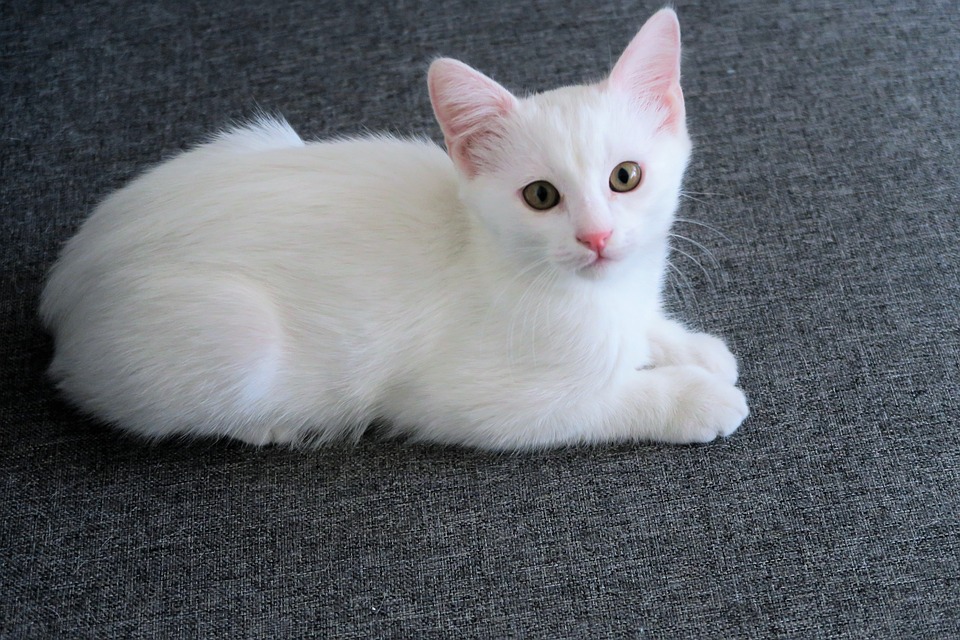Hunting behavior is deeply ingrained in the instincts of animals, including our beloved feline companions. Cats have a natural inclination to stalk, chase, and capture prey, even if they are well-fed domesticated pets. To truly understand your cat’s hunting behavior, it is essential to delve into the instincts that drive them. In this article, we will explore the fascinating world of hunting instincts in animals and how they manifest in our feline friends.
Understanding the evolutionary roots of hunting behavior is crucial to comprehending why animals, including cats, exhibit such behavior. The instinct to hunt is a survival mechanism that has been honed over thousands of years. It is deeply embedded in an animal’s DNA and serves several purposes.
Firstly, hunting allows animals to obtain the necessary sustenance to survive and thrive. It ensures they can acquire the nutrients needed for growth, energy, and the maintenance of bodily functions. Hunting is a vital means of survival for wild animals, and even though our pet cats are well-fed, this instinct remains strong within them.
Secondly, hunting provides physical exercise and mental stimulation for animals. The pursuit of prey engages their senses, sharpens their reflexes, and keeps them active. Cats are natural predators, and hunting allows them to release their energy and fulfill their instinctive need for physical and mental stimulation.
Lastly, predatory behavior helps animals defend their territory. By hunting and removing potential competitors or intruders, they can safeguard their resources and ensure the survival of their offspring. This territorial protection instinct is particularly strong in cats, who are known to mark their territory and defend it fiercely.
To understand your cat’s hunting behavior, it is crucial to comprehend the sequence of hunting actions they follow. This sequence typically involves four distinct stages.
The first stage is stalking. Cats start by stalking their prey, often crouching low to the ground, with their eyes intently focused on the target. They utilize their keen senses, including their exceptional vision and hearing, to track and assess their potential meal.
Once the stalking phase is complete, cats transition into the chase stage. They typically sprint after their prey, displaying impressive agility, speed, and coordination. This phase allows cats to refine their hunting skills and capture their target.
Once a cat catches up with its prey, it will employ various techniques to capture it. These techniques may include pouncing, biting, or using their strong claws. Capturing prey is a crucial step in fulfilling their hunting instincts.
After capturing their prey, cats will instinctively proceed to kill it. This may involve biting the neck or suffocating the prey. Once the prey is deceased, cats will consume it to satisfy their hunger and nutritional needs.
For indoor cats who don’t have access to live prey, it is still possible to satisfy their hunting instincts through interactive play. Using toys that mimic prey movements, such as feather wands or laser pointers, can provide a satisfying hunting experience for your cat.
It is also common for cats to bring their owners dead prey as a gift. This behavior is a natural instinct for cats. It demonstrates their hunting skills and serves as a display of affection. Cats consider their owners part of their family and may bring them prey as a way of providing for them.
If your cat’s hunting behavior becomes excessive or poses a problem, it is possible to modify it. Engaging your cat in regular play sessions, providing mental stimulation, and employing positive reinforcement techniques can help redirect their hunting instincts towards appropriate outlets.
Understanding the instincts behind hunting behavior in animals, particularly in cats, sheds light on their natural inclinations. By recognizing and appreciating these instincts, we can create a stimulating and fulfilling environment for our feline friends while ensuring their well-being as domesticated pets.








